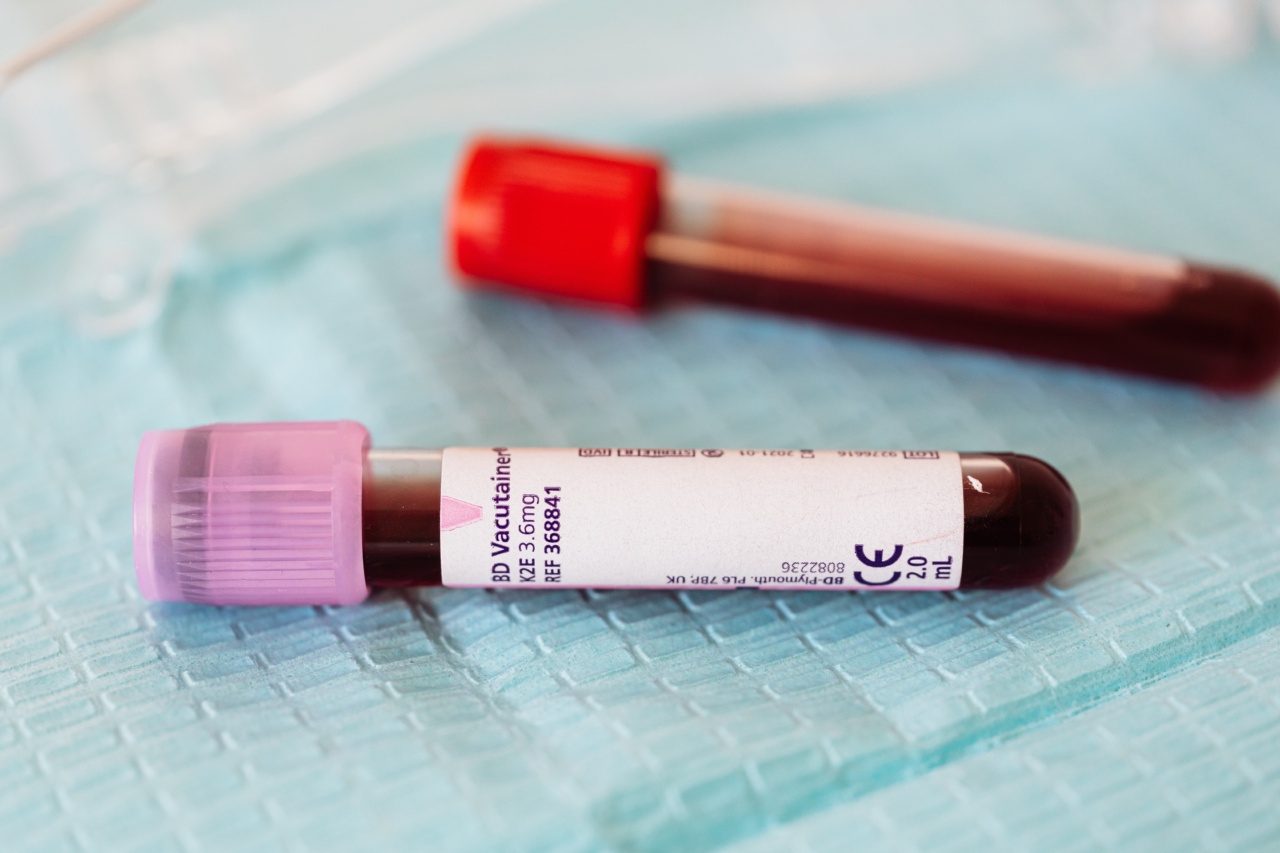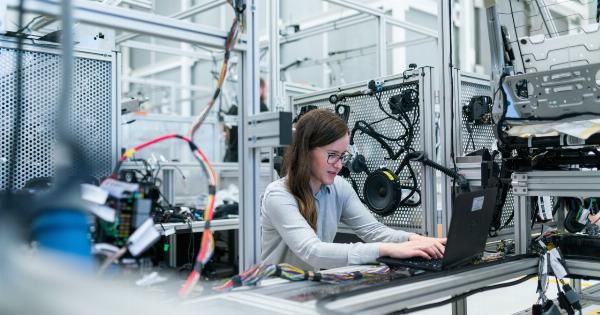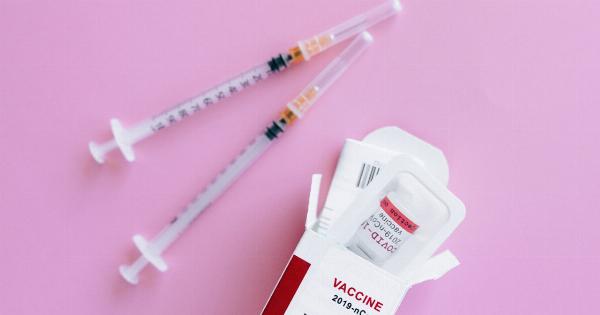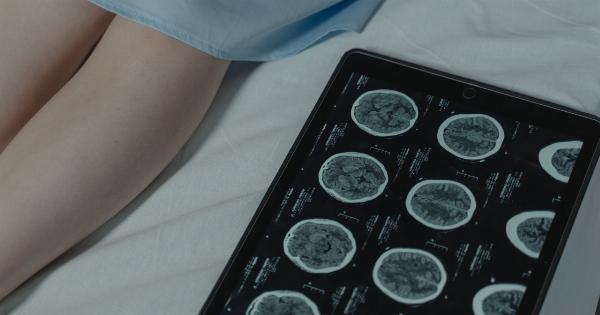Cancer continues to be one of the most challenging health issues faced by people worldwide. Detecting cancer in its early stages significantly improves the chances of successful treatment.
Now, a new blood test for detecting cancer early is revolutionizing the cancer screening industry. This blood test is called the liquid biopsy, and it can detect cancer even before symptoms are present.
What is a Liquid Biopsy?
A liquid biopsy is a groundbreaking test that can detect cancer through the analysis of DNA and other genetic material in the blood.
This means that cancer cells can be detected through a simple blood test, and there is no longer a need for invasive procedures.
A liquid biopsy works by detecting circulating tumor cells (CTCs) and small fragments of DNA released by cancer cells into the bloodstream. The blood test can detect the presence of these cells long before symptoms of cancer appear.
Identifying these cancer cells early increases the chance of successful treatment and ultimately improves patient outcomes.
How Does a Liquid Biopsy Work?
A liquid biopsy is a minimally invasive procedure, and it can be done in any healthcare provider’s office. The test involves taking a small amount of blood from the patient’s arm, similar to a traditional blood test.
The blood is then sent to a laboratory where it is analyzed to detect the presence of cancer cells.
The liquid biopsy test is incredibly sensitive, which means that it can detect cancer even at its earliest stages. This sensitivity is possible because the test can identify small fragments of DNA that are released by cancer cells into the bloodstream.
These fragments are known as cell-free DNA (cfDNA), and they can be detected in the blood even when there is only a tiny amount of cancer present in the body.
The Benefits of a Liquid Biopsy
The liquid biopsy is an exciting advancement in cancer screening technology, with many notable benefits. Some of these benefits include:.
Early Detection:
The liquid biopsy can detect cancer much earlier than traditional screening methods, such as mammograms or colonoscopies. This is because the test can detect tiny amounts of cancer cells in the blood long before symptoms appear.
Early detection means that treatment can begin earlier, resulting in a better chance of a successful outcome.
Non-Invasive:
A liquid biopsy is a much less invasive procedure than other cancer screening methods, such as a biopsy or surgery. The procedure is straightforward and can be done in a doctor’s office.
No Radiation:
Another benefit of a liquid biopsy is that it does not expose patients to radiation, which is often a side-effect of other screening methods, such as X-rays or CT scans. This reduces the risk of complications and exposure for patients.
Multipurpose:
A liquid biopsy can be used to detect many different types of cancer, including breast, lung, pancreatic, and prostate cancer. This means that the test has the potential to save thousands of lives each year by detecting cancer earlier.
Limitations of the Liquid Biopsy
While the liquid biopsy is a promising advancement in cancer screening technology, it does have some limitations. One of the main limitations is the cost of the test.
Currently, liquid biopsies can be expensive, and not all insurance plans cover the cost of the test.
Another limitation is that not all types of cancer can be detected through a liquid biopsy. Some cancers, such as brain cancer, do not release enough cfDNA into the bloodstream to be detected by the test.
Additionally, the test may not be as accurate in patients who have previously had cancer treatment or in patients with very early-stage cancer.
The Future of the Liquid Biopsy
The liquid biopsy is still in its early stages, but it has the potential to revolutionize cancer screening and treatment. As the cost of the test decreases and its accuracy improves, it could become a widespread screening tool.
In the future, liquid biopsies may even be used to monitor cancer patients’ responses to treatment and detect cancer recurrence.
The liquid biopsy has the potential to save countless lives by detecting cancer earlier.
This groundbreaking technology gives patients hope and provides healthcare providers with a much-needed tool to combat one of the most challenging health issues of our time.


























